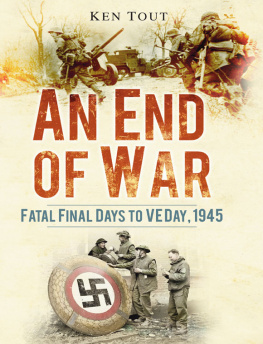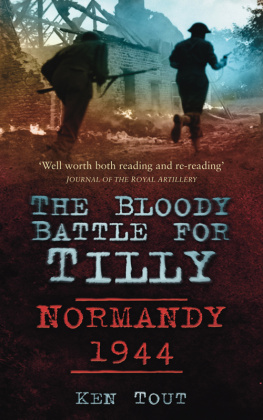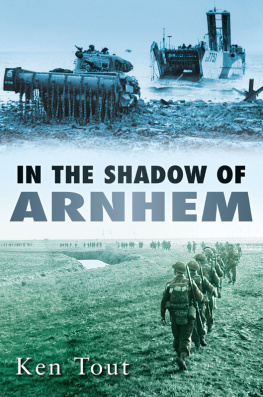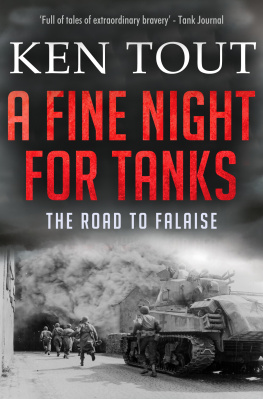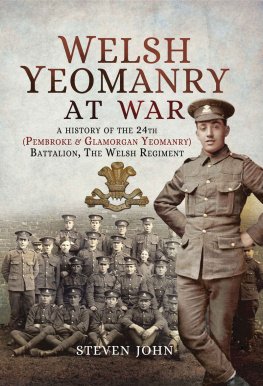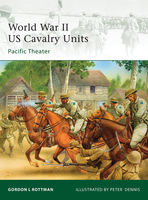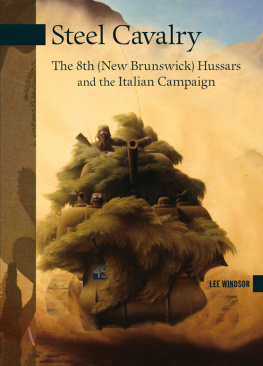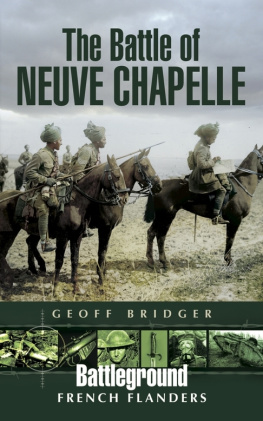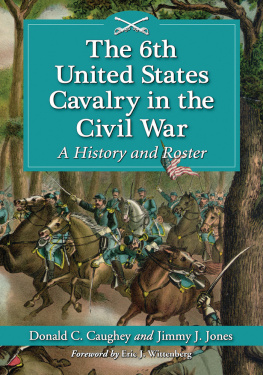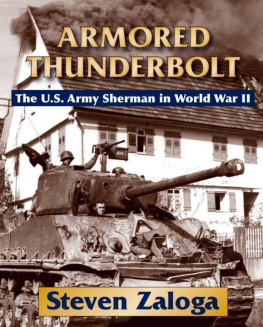
We remember the humans who died. Spare a
thought too for those superb sentient horses. T his book was intended originally as a collection of anecdotes from my Second World War regiment, the Northamptonshire Yeomanry. However, a brief survey of history revealed that there are so many fascinating aspects of the Yeomanry and the book seemed to fill up with wider and wider views of a unique formation. As far as the Northants history is concerned, I appreciated the courtesy of the Chairman of the Regimental Association, Ben Howkins, and also the president, Earl Spencer, in encouraging me to speak freely on the subject according to whatever information I might discover. A main support has been W.J. Bill Hornsey, the indefatigable Hon. Secretary of the Association, who not only has furnished me with contacts and pictures but has himself amassed a wealth of information into which I could dip. We relied much on former members of the regiment who did much research over the years but sadly are no longer with us, including Captain Bill Bellamy, H. de L. Cazenove, George Jelley MBE, Vic Lawrence, Major A.E. Sandy Saunders, Trooper Les Spud Taylor as well as, happily still with us, Captain Tim Deakin, Reg Spittles and Tanky Turner. Many valuable facts and anecdotes were supplied by NY veterans quoted in the text. Great help and encouragement were offered by Yeomen of the present day, record offices, regimental museums and period enactors. Individual friends who were particularly helpful included Charles, Earl Spencer, Major B. Mollo, Major C. Roads, Captain D. Aiton, Captain J.T. David, Captain A. French, Captain C.A. Parr MBE, Lieutenant Liz Weston, Juliette Baxter, Paul Connell, Geoff Crump, Martin Dawson, Caroline Dwyer, Sarah Elsom, David Fletcher, Jon at Pembroke Museum, Mark Lewis, Paul Robinson, George Streatfeild, and Eleanor Winyard. It was most enjoyable working with Jo de Vries at The History Press, who is the most helpful and sympathetic of editors, together with her excellent collaborators. A special vote of thanks must go to my wife Jai. The research and writing of this book took place during our removal from Essex to West Sussex and involving the total renovation of our new abode. The author shamelessly quoted press deadlines whilst Jai undertook the marshalling of plumbers, builders and decorators, as well as showing dexterity and versatility with machetes, secateurs, screwdrivers and paint brushes. CONTENTS 1 (17941815) 2 (18151899) 3 (18991902) 4 (19021914) 5 (19141916) 6 (19171918) 7 (19191939) 8 (19391944) 9 (19441946) 10 (19472011) 11 (2012 for posterity) 
NY Association Hon. Secretary, W.J. Bill Hornsey presents a memorial cup to the 2011 army cadet winner. (Northamptonshire Yeomanry Archives, NYA) BY E ARL S PENCER T he history of the Northamptonshire Yeomanry is distinguished, of course, with consistent bravery in battles fought abroad. But, as the name of the regiment reminds us, this is a local force and, for me, it is particularly close to home, having so many links with my family, and with Althorp. George John, 2nd Earl Spencer (my great-great-great grandfather), founded the Yeomanry when Napoleons France was a terrifying threat to Britain. George John was First Lord of the Admiralty at the time of the Battle of the Nile, and was someone who knew about fighting men: he was arguably Nelsons most prominent patron, giving him what we would term fast-track promotion. The 5th Earl Spencer also had a record of public service, serving in all of Gladstones Cabinets, and twice serving as Viceroy of Ireland. It was he who, a little over a century ago, resurrected the Northamptonshire Yeomanry. A Master of the Pytchley, the Red Earl continued the regiments proud record of producing fine mounts for its men many of these war horses having learnt their skills pursuing foxes. My grandfather, Jack the 7th Earl was a passionate champion of all things Northamptonshire. Wounded and left for dead in the First World War, he brought various talents to his links with the Yeomanry, some of them not military even designing the new guidon for the regiment. In my twenty years overseeing the estate, I have frequently been reminded of the links between this historic place and its local regiment. It will be my great pleasure later this year to welcome those who have served in the Northamptonshire Yeomanry back, as my guests, to Althorp home for us all. The 9th Earl Spencer DL Patron The Northamptonshire Yeomanry CHAPTER ONE (17941815) Where are the Yeomen the Yeomen of England? As foemen may curse them, No other land could nurse them. ( Merrie England ) A horse! A horse! My kingdom for a horse! cried Richard III, according to Shakespeare. Another more modern playwright featured the Mad King, George III, and it was in Georges name the cry now went out, not for a single horse but for fifteen thousand: Britain was in mortal peril! A would-be invader stood at the gates. On Beachy Head and all around the coast the bonfires waited to blaze; bell-ringers had been briefed to send out the warning peal. In Parliament prophecies of doom prevailed as across the Channel an army was massing, landing ships were being built and plans to land on the south coast, in Wales, in Ireland, were being refined. The regular forces on hand to repel invaders were insufficient to the task; a Home Guard was needed. To make matters worse, an insidious doctrine, like an icy fog propelled by an easterly wind, was seeping in from the Continent. The people over there, a mere 20 miles distant, had dethroned their monarch, sent their aristocracy to the guillotine and established a reign of terror instigated by the ruthless dictator Robespierre, as cruel as Caligula or Nero. The politics proclaimed by the new regime encouraged the downfall of royal houses and the rule of the common people. Such an enticing philosophy might well rouse the poorest in Britain, as food prices rose and unemployment increased; as the rich got richer and the poor got poorer. There was danger of internal strife, riots, a break in and help yourself psychology. The country as a whole had no established police force, no riot squad; a Home Guard was needed! Volunteers men, horses, swords and carbines. But this Home Guard was not to be a Dads Army as the more recent television caricature depicts. No arthritic grandfathers and callow youths; no civilian clothes hastily militarised by donning shabby armbands; no drill with broomsticks or antiquated guns; no makeshift vehicles; no unattractive, sagging battledress once uniforms had tardily arrived; no long delay before this enthusiastic but untrained rabble could be coerced into a well-drilled, if still rather motley force ready to face the enemy when the church bells rang, the beacons flared and the code word circulated. This Home Guard would instantly be flamboyantly uniformed, fully accoutred with lethal weapons, intricately drilled and furnished with towering, plumed helmets to scare the enemy or cow a rioting populace. The creation of this new force would not be done on the cheap. A receipt for the first forty uniforms for the Northampton Troop reveals the cost of putting a Yeoman into uniform from local funds in 1794. Each uniform was costed as follows: |


